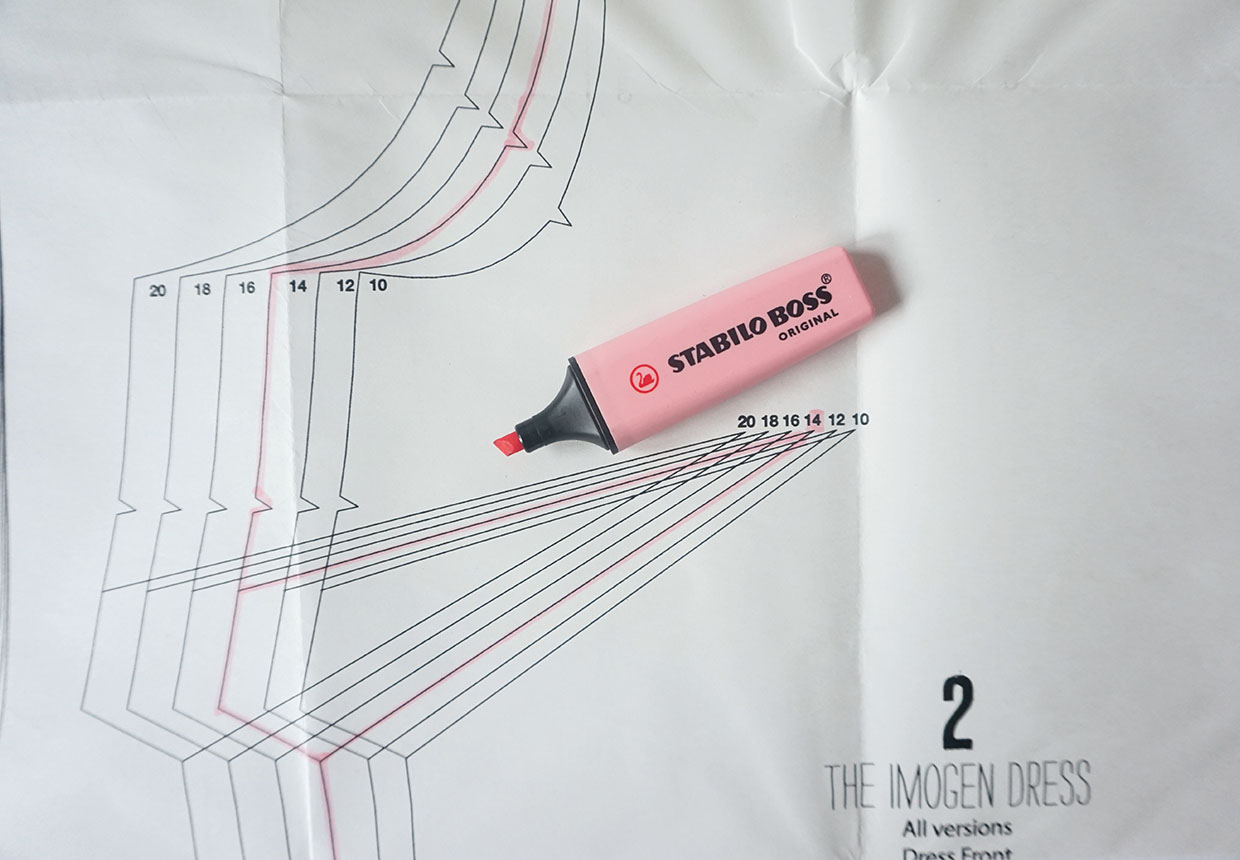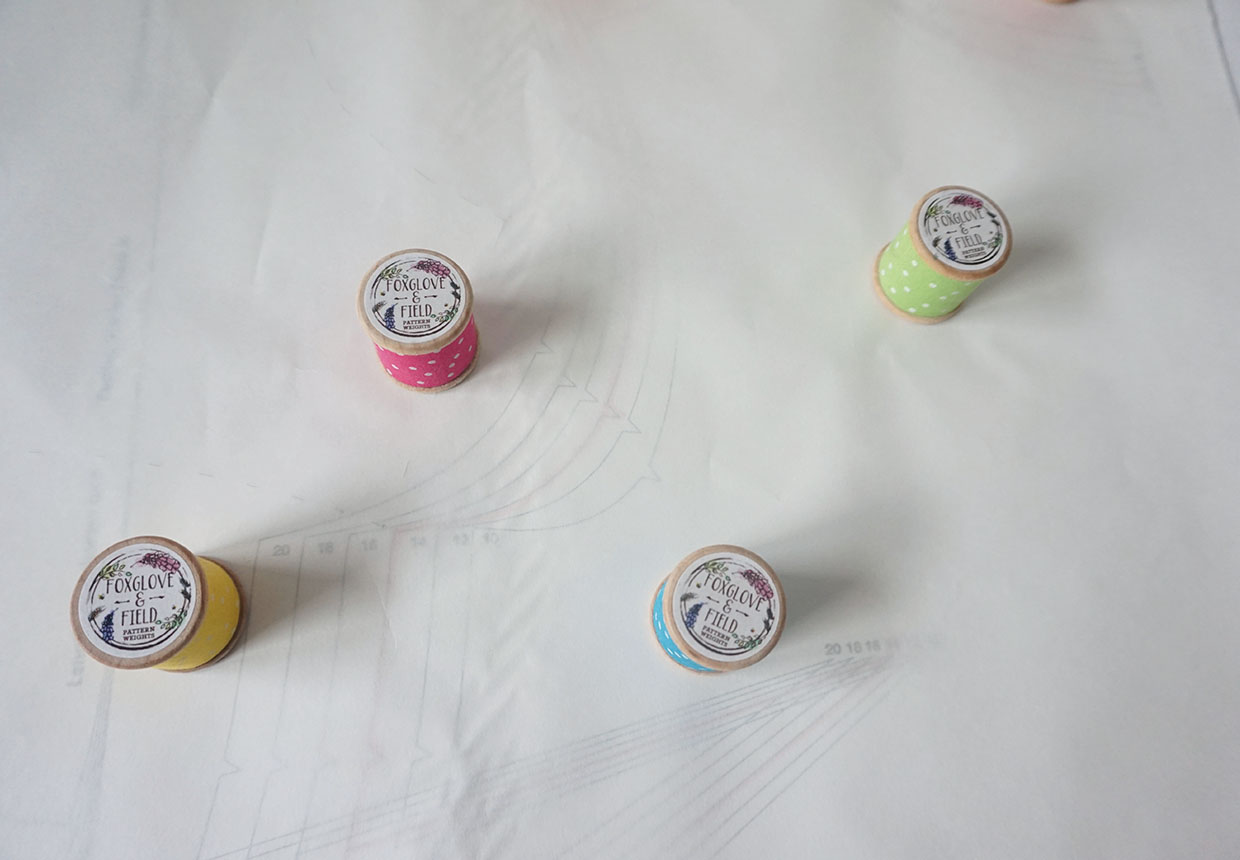It’s best practice to trace your pattern before cutting into it. If you worked for a designer and cut into their master pattern you’d never live it down! If you’ve spent good money on a pattern, it’s nice to save it for future use and be able to pass it on to family or friends should you wish.
Sometimes tracing is optional, but sometimes when patterns are double-sided or overlapped you have little choice. Tracing allows you to make multiple versions should you wish, which is especially important if the garment has multiple variations. You might need to remake the pattern in larger or smaller sizes further down the line; and you will also be able to make any amendments if need be.
Why trace a pattern?
It’s best practice to trace your pattern before cutting into it. If you worked for a designer and cut into their master pattern you’d never live it down! If you’ve spent good money on a pattern, it’s nice to save it for future use and be able to pass it on to family or friends should you wish.
Sometimes tracing is optional, but sometimes when patterns are double-sided or overlapped you have little choice. Tracing allows you to make multiple versions should you wish, which is especially important if the garment has multiple variations. You might need to remake the pattern in larger or smaller sizes further down the line; and you will also be able to make any amendments if need be.
Tools for tracing patterns
There are a few basic tools you will need to trace a pattern. As with any task, there are specialist tools you can buy to make the task simpler, but it’s always best to start with the basics if you’re a beginner and see how much you enjoy your first few projects!
To begin tracing a pattern, as you might have guessed, you’ll need some paper, a pencil and a ruler. Dressmaking rulers and curves will make the task much easier, but if all you have to begin with is a meter rule or a 30cm ruler, these will work fine.
Specialist pattern paper for tracing is inexpensive and can be bought in rolls of ten+ meters. If you do a lot of dressmaking this is the most economical way to purchase the paper. Many variations exist: dot and cross paper (with markings at regular intervals); plain paper; and Swedish tracing paper – this paper can be sewn through so you can turn a traced pattern into a toile!
You will also need a mechanical pencil and an eraser. Mechanical pencils are much better for tracing as the ultra-fine lead will give a much sharper line than a regular pencil.
Other tools which might come in handy include a tracing wheel, pattern weights and a light box – these aren’t essential tools but if you have them in your toolkits already, you’ll definitely be able to make use of them!
Toile making
Run up a quick sample of your traced pattern to check the fit and make any necessary adjustments before cutting into your fabric. You can also pin the paper pattern to your clothing to see how it will fit (provided the garment is a loose-fitting design, this won’t work if the garment is close-fitting).






